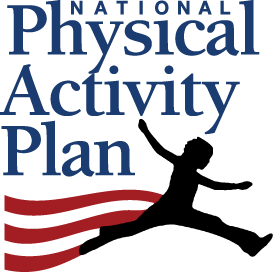Transparency is extremely important to us, so we are letting you know that we may receive a commission on some of links you click on from this page. See our disclaimer.
 One of the simplest actions an effective workplace wellness program can take is movement — specifically, getting employees to move.
One of the simplest actions an effective workplace wellness program can take is movement — specifically, getting employees to move.
As we all know, it's easier said than done.
Sometimes the challenge is the job that employees fill in the first place; some roles simply require employees to sit at desks or in front of computers all day long. But other parts of the challenge can be what makes it hard for any of us — getting moving.
In 2010, the American Heart Association, American Cancer Society, Centers for Disease Control and Prevention, and the Department of Health and Human Services joined to deliver first National Physical Activity Plan, “a blueprint for getting Americans to move more,” according to the New York Times.
But as the NYT reports, little progress has occurred nationally since that report came out:
The U.S. Centers for Disease Control and Prevention reports that only 20 percent of American adults meet the minimum national exercise guidelines of at least 150 minutes per week of mixed aerobic workouts and strength training.
Further, “a health study published last month concluded that, over all, fewer than 3 percent of American adults live the kind of comprehensively healthy life that we all know we should, with a diet rich in fruits and vegetables, no smoking, a normal weight and regular exercise.”
Now, an updated National Physical Activity Plan has been released. It includes content for Business & Industry: “Lack of physical activity is an important underlying health risk for NCD-related costs and is associated with reduced worker performance. The potential for business and industry to improve the level of physical activity among workers at the workplace is strong. However, the role of business and industry in promoting physical activity should go beyond the workplace itself and reach deep into the family and the community. Business can play an important leadership role in creating, coordinating, supporting, and sustaining public-private partnerships and cross-sectoral strategies that promote physical activity.”




0 Comments